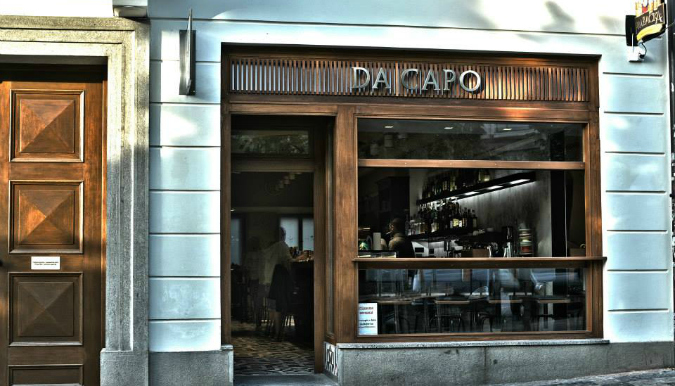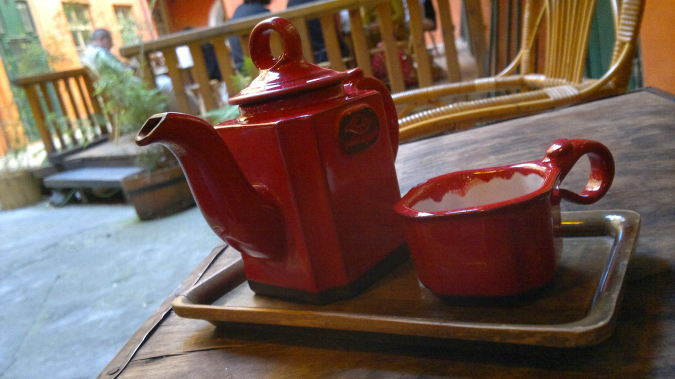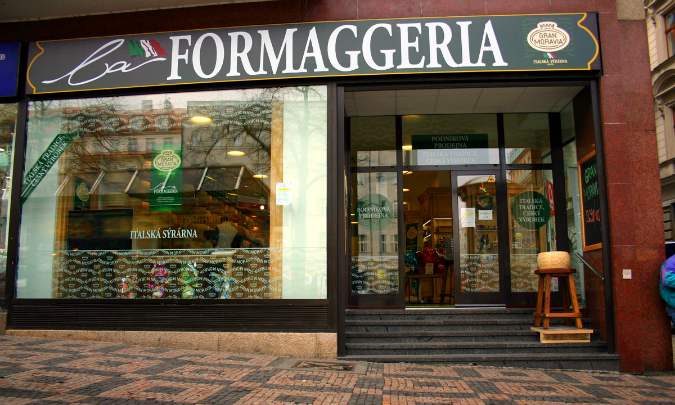A quarter of a century has passed since Wenceslas Square’s star turn in the Velvet Revolution. Since then, a steady stream of retailers – and tourists – have crowded in, relegating some of its more questionable “businesses” to the side-street alleyways.
Developers, meanwhile, have continued to keep a hungry eye on the colorful landmark houses lining the city’s longest public square, much to the chagrin of conservationists, whose tireless efforts to maintain its historic facades have resulted in some drawn-out battles in recent years. There was a bit of grumbling, for instance, when the house adjacent to Koruna Palace was razed to make way for the Diamant building, home to fashion retail giant C&A’s flashy new four-story flagship, which opened at the beginning of April.
Over the last 25 years, Václavák has been transformed into one of Prague’s most prominent shopping boulevards with high-end – Van Graaf, Debenhams, Marks & Spencer – mixed with tacky souvenir shops, 24-hour cash exchange booths, casinos, and an overabundant supply of American fast food (and coffee) chains. The city mercifully shut down most of the notorious sausage stands littering the square two years ago, only to announce that new kiosks selling food, newspapers, and flowers would debut in 2015.

The new C&A flagship at the Diamant
But kiosks and a quasi-pedestrian zone, which opened on the north end of the square, seemingly unbeknownst to a few of the city’s more aggressive taxi drivers, aren’t the only changes in store for this former medieval horse market.
Wenceslas Square is set to get a full-fledged 21st-century facelift, though exactly when this will happen is a point of contention. A design plan was approved in 2005, but nine years on the blueprints continue to languish with no one at City Hall willing or able to go on the record about when construction will finally break ground.
“This is a symbolic project,” explains Jakub Cigler, a partner at Cigler Marani Architects, whose design won the 2005 architectural competition. “Wenceslas Square is kind of a cathedral without a roof, therefore it should be treated this way. It is not enough to reshape the surface but to push the owners of the buildings to bring in respectable tenants. The quality of Prague is the center. This is why people come to the city. It’s part of our history, and it needs to be maintained.”

Rendering of what’s to come / Cigler Marani Architects
Cigler has been working with city leaders since the early ’90s to find a way to clean up Wenceslas’ gritty image. While he cannot police the area’s businesses, his architectural vision for the 750-meter-long square does offer a number of specific upgrades that he feels will make this central public space – which he calls the “heart of the city”– more pedestrian-friendly and more representative of the Czech capital.
Cigler’s plans call for reinstating a tram line on the south end of the square with a direct connection to Vinohrady. Car traffic would be curtailed, and parking would be moved underground, widening the pedestrian zone. More trees would be planted, and the north end of the square would be developed into a multipurpose exhibition space. The motorway that separates the National Museum from Wenceslas would also be trimmed from three to two lanes. If construction broke ground today, Cigler estimates the project would take just three years to complete.
“Our design is not something totally new,” he says. “Wenceslas Square should be a very simple and symbolic place. And kind of pleasant to walk down.”

Recently opened cafe and cocktail bar Da Capo
It all sounds very romantic. However, for many long-time Praguers, these types of high-flying plans might seem a little far-fetched given the snail-like pace of the city’s bureaucracy system. (Many of us are still waiting for politicos to do something about that smell in the Můstek metro.)
Ask locals what their favorite spot on the square is, and most have problems coming up with a decent answer. Lucerna Pasáž, with its grand atrium and winding passageways, gets a lot of nods, though technically, its main entrance is on Štěpánská.
And let’s not forget about the fabled Čítárna Unijazz that’s been a haven for the artsy-literary crowd since 1997. But that, too, is not on the square. Essentially a four-room flat hidden on a top floor of the Jindřišská Pasáž that has been turned into a reading room cum boisterous, smoke-filled bar, Unijazz hosts lectures, concerts, film screenings and other events on a regular basis. It also happens to have some of the cheapest beer on tap (24 CZK per pint) in the center, as well as a famous hermelín cheese dish.

Wenceslas Square’s secret tea garden
Petra Černá, Unijazz’s spokeswoman, knows the reading room is not so easy to find. “It’s not on purpose,” she says. “We aren’t able to afford a lucrative space in the center. But those who want to will find Unijazz, and [the location] also gives it a more interesting touch.” (To start, ring the buzzer labeled “Unijazz” and asked to be let upstairs.)
Meanwhile, Výtopna, a kid-friendly railway restaurant, which is actually on Wenceslas, inside Palác Fénix, gets a few shout-outs, as does the La Formaggeria Gran Moravia cheese shop, located in the same building. The sleek, newly opened Da Capo Cafe & Cocktail bar as well as Adria Hotel’s unique cave-like Triton Restaurant have both been lauded for their their unique settings. And Hotel Jalta’s previously concealed World War II bunker has also attracted its fair share of intrigue, though, admittedly, this seems more like an up-and-coming tourist attraction than an insider’s secret.

Gourmet cheese boutique La Formaggeria
But then Dobrá čajovna is mentioned, and everyone’s in agreement. The tea room, another of the square’s long-time inhabitants, is by far one of Wenceslas’ best features and is predominately a locals’ hangout, despite its prime location.
“Our guests say, after stepping into Dobrá čajovna’s backyard from the bustling square, that they feel like they are coming into another world,” says owner and co-founder Aleš Juřina. “Maybe it is the influence of the tea-mystery, maybe it’s the protection of Our Lady of the Snows” – Dobrá čajovna’s back wall neighbors this 14th-century church – “or maybe it’s simply a miracle.”
Whatever the case, Wenceslas Square could definitely do with a few other miracles.
**
What’s your favorite haven among the tourist fray?












 Reading time: 5 minutes
Reading time: 5 minutes 





















